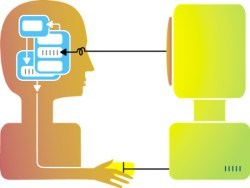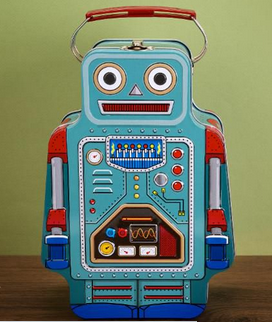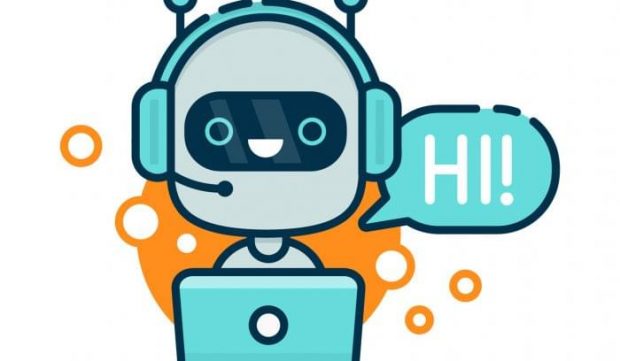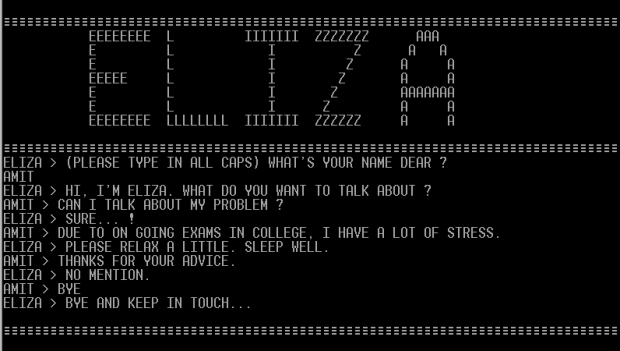Weinbaum’s experiments with ELIZA proved that when we know we aren’t being judged we are happy to talk about anything and even divulge personal information. The ELIZA effect as it is known, addressed the idea that we as humans presume that the behaviour of computers is as analogous as that of humans. Created as a psychotherapy chatbot ELIZA provided a disinhibited low-anxiety environment for patients to talk about their problems. With patients assuming that the computer programme was responding in a purely analogous fashion, and not in the pattern matching way that it actually was.
The ELIZA model has been repeatedly emulated with the creation of chatbot apps that provide virtual friendships and emotional support, such as Woebot, Replika, and Wysa. These therapy bots aim to help people combat depression and loneliness, and feel they have ‘someone’ to turn to. This demonstrates that our willingness to communicate (WTC) is enhanced when the interlocuter we are conversing with is unable to judge us.
This leads me to the main argument of this post. It would appear humans feel more comfortable communicating with chatbots that to date do not possess the AI capacities to fully understand and interpret human emotions. Therefore, the fear of being judged or losing face is drastically reduced. In the language learning classroom, we should therefore try to create a relaxed environment that facilitates learning and help promote WTC so learners feel more comfortable to interact orally and more confident to express their ideas. So while machines endeavour to hone their AI skills to perfectly emulate human behaviour, maybe we as teaching practitioners should try to emulate machine behaviour by encouraging a non-judgemental environment in the language learning classroom that promotes confidence among learners to speak and interact more confidently, especially in online environments where learners appear to feel more reluctant to speak up.








